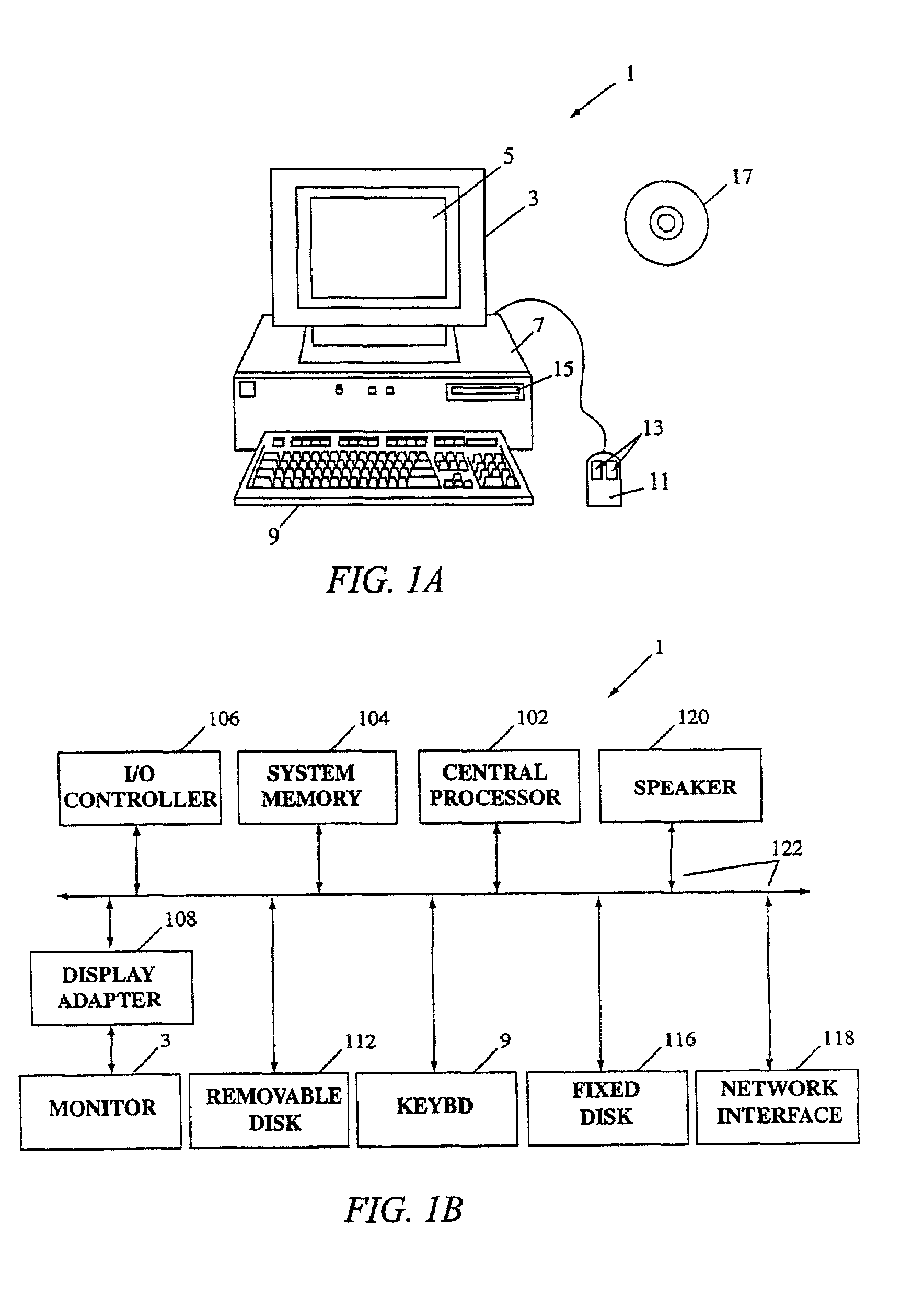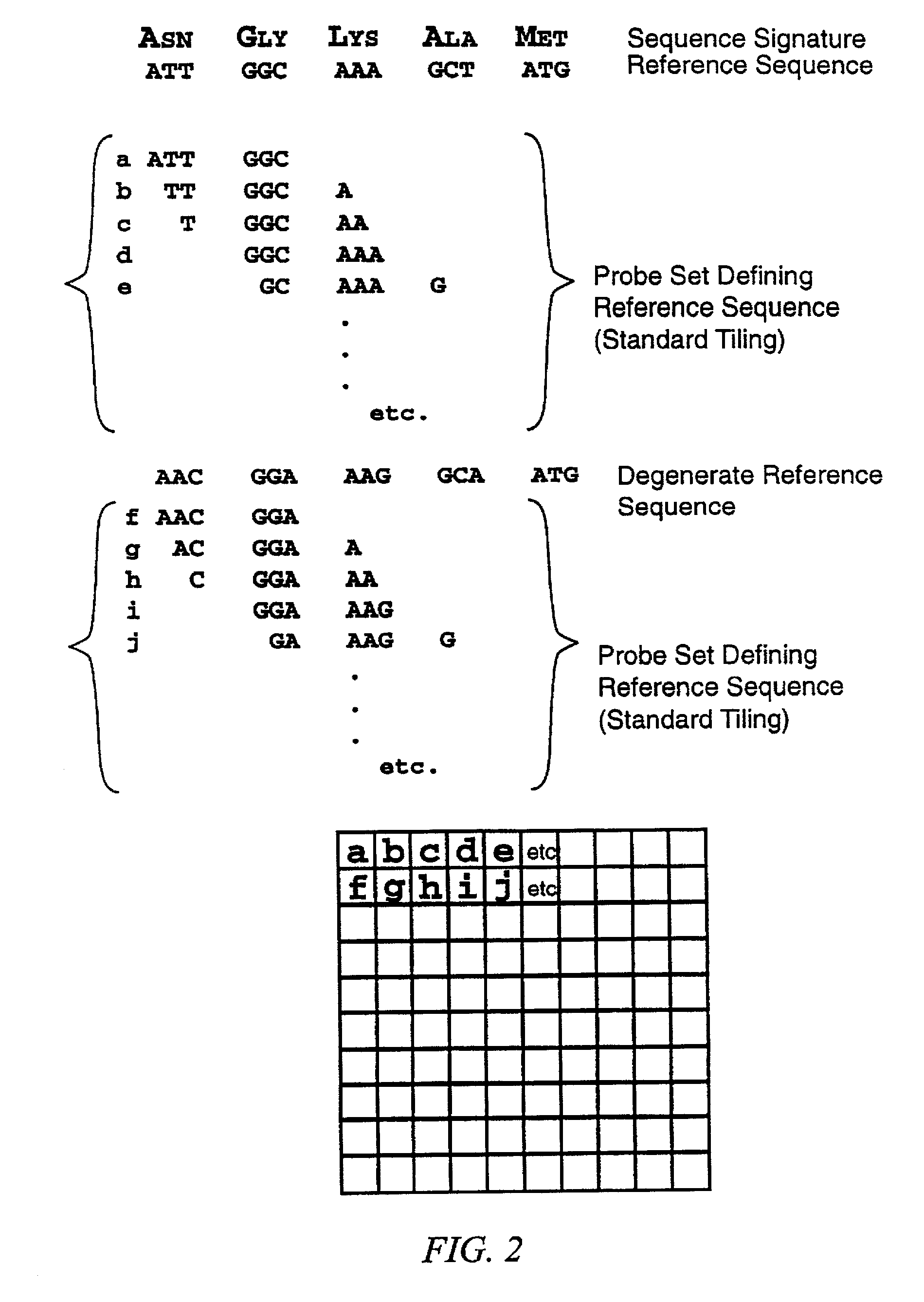Identification of molecular sequence signatures and methods involving the same
a molecular sequence and signature technology, applied in the field of identification of molecular sequence signatures and methods involving the same, can solve problems such as the amount of raw data
- Summary
- Abstract
- Description
- Claims
- Application Information
AI Technical Summary
Benefits of technology
Problems solved by technology
Method used
Image
Examples
example
[0158]The method of the invention was used to screen for new members of the TGF-β superfamily of proteins. There are currently 32 known members of this family. Clone libraries were created from genomic material based on hybridization to nucleic acid probes in solution that contain sequences complementary to sequence motifs that are indicative of members of this gene family. The genomic inserts were approximately 15 kb in size. Most of the inserts contain sequences from previously known members of the family.
[0159]Conventional approaches involve sequencing these 15 kb inserts over and over, most of the time only to find that the insert contains a family member that has already been identified. The method of this invention replaced those laborious and time consuming steps with a faster, easier screening method that can identify which clones contain known members of the family, and which few clones out of the large library are worth investigating in greater detail.
TGF-β Clone Screening...
PUM
| Property | Measurement | Unit |
|---|---|---|
| temperatures | aaaaa | aaaaa |
| temperatures | aaaaa | aaaaa |
| temperatures | aaaaa | aaaaa |
Abstract
Description
Claims
Application Information
 Login to View More
Login to View More - R&D
- Intellectual Property
- Life Sciences
- Materials
- Tech Scout
- Unparalleled Data Quality
- Higher Quality Content
- 60% Fewer Hallucinations
Browse by: Latest US Patents, China's latest patents, Technical Efficacy Thesaurus, Application Domain, Technology Topic, Popular Technical Reports.
© 2025 PatSnap. All rights reserved.Legal|Privacy policy|Modern Slavery Act Transparency Statement|Sitemap|About US| Contact US: help@patsnap.com



